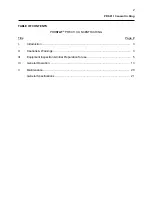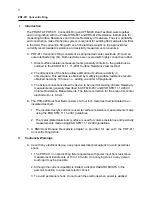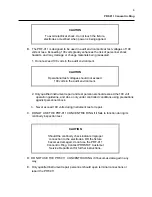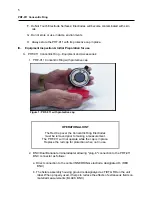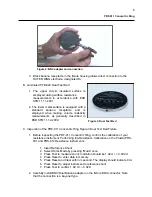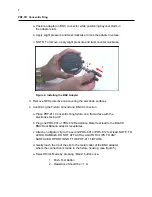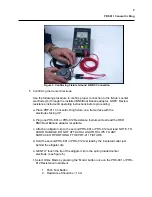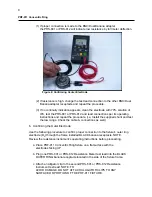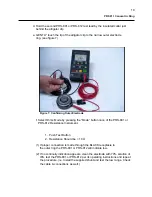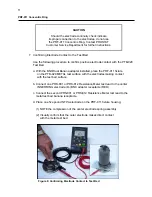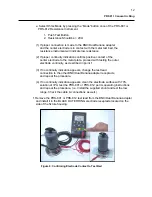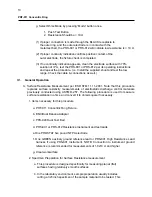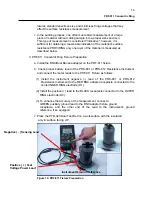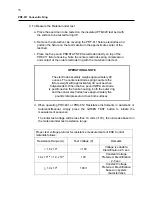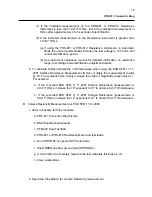
PRF-911 Concentric Ring
3
I. Introduction
The PROSTAT PRF-911 Concentric Ring and PTB-920 Dual Test Bed work together,
and in conjunction with the Prostat PRS-801 and PRS-812 Resistance Instruments for
measuring Surface Resistance and Volume Resistivity of materials. The size, portability
and construction make this fixture system convenient for auditing flat materials and films
in the field. The concentric Ring with one 5 Ib electrode weight on top
approximates
currently recommended resistance and resistivity measurement procedures.
A. PRF-911 Concentric Ring consists of a spring loaded center electrode (D
1
) and an
outer electrode ring (D
2
). Both electrodes are covered with highly conductive rubber.
1. Direct surface resistance measurements generally conform to the guidelines as
outlined in the ESD STM 11. 11-2001 Surface Resistance test method.
2. The dimensions of the fixture allow estimation of surface resistivity in
ohms/square. This estimate is obtained by multiplying surface resistance results
obtained herein by 10 times, i.e., adding one order of magnitude.
3. The fixture connections allow the device to be used for making Volume Resistivity
measurements generally described in ASTM D-257 and ESD STM 11.12-2000
Volume Resistance Measurements. The fixture correction for the area of its center
electrode (D
1
) is 6.9 cm
2
.
B. The PTB-920 Dual Test Bed consists of a four inch metal test bed laminated to an
insulated test bed.
1. The insulated acrylic surface is used for surface resistance measurements made
using the ESD STM 11.11-2001 guidelines.
2. The metal (plated aluminum) surface is used for volume resistance and resistivity
measurements made using ESD STM 11.12-2000 guidelines.
C. A BNC/Dual Banana Receptacle adapter is provided for use with the PRF-911
Concentric Ring fixture.
II.
Cautions & Warnings
A. As with any electrical device, use proper electrical precautions to avoid personnel
shock.
1. The PRF-911 Concentric Ring fixture operates with power input from resistance
measurement instruments at 10 to 100 volts. An annoying shock to any person
touching it may be possible.
2. Although the current capability is limited, a distinct HAZARD EXISTS in the
person's reaction to a low level electric shock.
3. To avoid personnel shock, do not touch the electrode when power is applied.
Summary of Contents for PRF-911
Page 23: ......



